In 1998, news of a sexual scandal involving President Bill Clinton broke and spread around the world like wildfire. Clinton was accused of having lied about an affair that he had with a young intern named Monica Lewinsky. The affair and Clinton’s denial of it was the focus of federal inquiry in the US. It resulted in the impeachment of the President by the House of Representatives and became a media circus.
Through it all, Monica Lewinsky was vilified and belittled. For several years following the incident and its aftermath, she was often in the press or media. In 2005, tired of being in the spotlight, Lewinsky ended moved to the United Kingdom. There, she studied for, and received, a Master’s degree in social psychology from the London School of Economics. Since then, she has lived largely out of the public eye.
But in 2014, Monica Lewinsky started to appear once more on public radar. She wrote an article for the June 2014 issue of Vanity Fair about her experience, and began to speak out against cyber-bullying and online harassment. A few days ago, on 19 March 2015, Lewinsky spoke at the TED 2o15 Conference in Vancouver, British Columbia. Her talk was about the public humiliation and shaming that is rampant in our social interactions, and the price that society is paying.
You can watch the entire speech below. An analysis follows.
Here is my take on the speech from a public speaking perspective.
- First off, congratulations to Monica Lewinsky for such a brave and inspired talk. She is almost uniquely placed to talk about this issue and she is to be commended for coming forward with her message.
- I appreciated the fact that the focus of the talk was not about her, but rather the issue of bullying and harassment, both online and off. Yes, Lewinsky shared her personal story, but it served as context for the more important point that she was making. Personal stories are important, but they should serve to underscore the message. As the old adage says: Tell a story, make a point.
- It would have been nice to see Monica Lewinsky speak without notes and a lectern. It so much better when a speaker is able to step out from behind the lectern—as Lewinsky does well at 20:45—and get closer to the audience. Having said that, the notes clearly helped her keep her poise and focus, and she used them well. She glanced down from time to time, but for the most part, her head was up and she was looking at the audience. I could not get a sense of how detailed the notes were, but it appears as though Lewinsky had key points that she used as signposts to keep her on track. If you use notes, that is the way to use them. And it would have been nice if she had had a simple lectern instead of a music stand that made her look, from a distance, like a conductor without an orchestra.
- Her pace and pausing were excellent. She did not rush her words; to the contrary, she would let them sink in so that her audience was with her ever step of the way. I particularly appreciated the way she said, at 5:10, “I was branded as a ‘tramp’, ‘tart’, ‘slut’, ‘whore’, ‘bimbo’ and, of course, ‘that woman’. I was seen by many, but actually known by few.” It cannot be easy to say that about yourself. And yet Lewinsky lets every key word sink in like a nail before moving on.
- She used humour well, almost all of it self-deprecating: being in almost 40 rap songs (0:50); being the only person over 40 who doesn’t want to be 22 again (1:22); her beret in that famous picture with Clinton (4:55).
- For the most part, Lewinsky kept her hands cradled together. Generally, that is not a good thing in public speaking. You want to maintain an open position. When Lewinsky did open up—see, for example, 6:00, 8:05, 8:50 and 14:40—it is much more engaging. However, in this speech, I think it was OK for Lewinsky to keep her hands together at certain times. Why? Keeping your hands together is a closed position. It is a sign of defensiveness or humility or contrition. Well, for a significant part of her speech—see, for example, 2:40—Lewinsky was, appropriately, contrite. Accordingly, her body language was congruent with her words and her voice.
- She used descriptive language to transport us to different scenes in her speech. For example, at 6:30, she describes the room in which she was questioned during the investigation into Clinton: “It is September of 1998. I’m sitting in a windowless office room inside the office of the Independent Counsel underneath humming fluorescent lights. I’m listening to the sound of my voice …”. I can see the spartan room; I can feel the closeness because there are no windows; I can hear the humming lights and the recording. Whenever you can evoke the senses, especially ones other than sight, it makes a strong impression.
- She was willing to be vulnerable. True, given the nature of her past and the subject that she has chosen to discuss, opening up is always going to be part of the equation for Lewinsky. But there is great strength in being vulnerable. In fact, as I was listening to Lewinsky’s speech the first time and taking notes, I wrote “Brené Brown” who has given a popular talk on the power of vulnerability, and then chuckled when Lewinsky herself mentions Brown at 18:30. For examples of vulnerability, see 6:20, 10:30 and this sentence at 7:45: “[I] listen deeply, deeply ashamed to the worst version of myself. A self I don’t even recognize.”
- Lewinsky told poignant stories, about herself and about others. Her recounting of the tragic story of Tyler Clementi (9.30) was particularly moving. It is an important story to tell, given the subject matter, and she told it respectfully and well.
- Lewinsky used a number of powerful rhetorical devices in her speech:
Anadiplosis – “The more shame, the more clicks; the more clicks, the more advertising dollars.” (16:35)
Anaphora – “Public without consent; public without context; and public without compassion.” (8:50)
Asyndeton – “[The Internet] has connected people in unimaginable ways: joining lost siblings; saving lives; launching revolutions.” (11:25)
Metaphor – “echo of embarrassment” (13:13); “Millions of people … can stab you with their words.” (13:25); “public stockade” (13:35); “[W]e have slowly been sowing the seeds of shame and public humiliation in our cultural soil.” (14:00); “[P]ublic humiliation is a commodity and shame is an industry.” (16:05)
Rhetorical Questions – Who never made a mistake at 22? (2:10); Who can remember what they said a year ago? (7:15)
Tricolon – “[O]n line, technically enhanced shaming is amplified, uncontained and permanently accessible.” (13:00); “This invasion of others is a raw material, efficiently and ruthlessly mined, packaged and sold at a profit.” (16:05)
- At 11:00, Lewinksy checks her notes and then says that Tyler Clementi’s story was a turning point that “served to recontextualize my experiences and I then began to look at the world of humiliation and bullying around me and see something different”. This is an example of a sentence being better written than spoken. “Recontextualize” is a complex word. With six syllables to boot. Simpler language would be better here. For example: “Tyler’s story made me look at my experiences differently, and that has made me look at the world of humiliation and bullying differently.” It’s a simpler sentence and one that has parallelism. Speeches should be written to be heard, not read. And Winston Churchill’s advice that the simple words are the best words still holds today. Simple, conversational words will help a speech feel less scripted to the audience.
- Monica Lewinsky enhances the credibility of her message by referencing statistics and research from a number of organizations and professionals. (12:05, 14:30, 19:00 and 19:50).
- At 18:00 there is a call to action. “Public shaming as a blood sport has to stop, and it’s time for an intervention in the Internet and our culture.” And then, at 19:15, Lewinsky tells us how, concretely, we can act: by becoming “upstanders” instead of bystanders and by leaving positive comments on the Internet. She also encourages us to support organizations that deal with these issues, and names three (in the US, UK and Australia) that could benefit from our help.
- Because this talk was given in Vancouver, it would have been nice (and more effective) to also name a Canadian organization such as PrevNet Canada, given that many, if not most, people in the audience would have been Canadian. If Lewinsky continues to speak on this subject, as she should, she should always try to mention a worthy local organization.
- The conclusion about compassion, about surviving humiliation, about being able to insist on a different ending to your story, was powerful.
- And finally … Monica … please don’t run off the stage (as too many people do) when you are finished (22:00). Chris Anderson was right to send you back on stage. When people applaud, it is because they want to show their appreciation. If you walk off too soon, you deprive them of the ability to do so.
After watching this speech (several times), I scrolled through the comments on the TED site. One comment in particular caught my attention. It was only a single sentence:
“This TED Talk is going to save someone’s life some day.”
I think she’s right. And I can’t think of a better reason to give a speech.


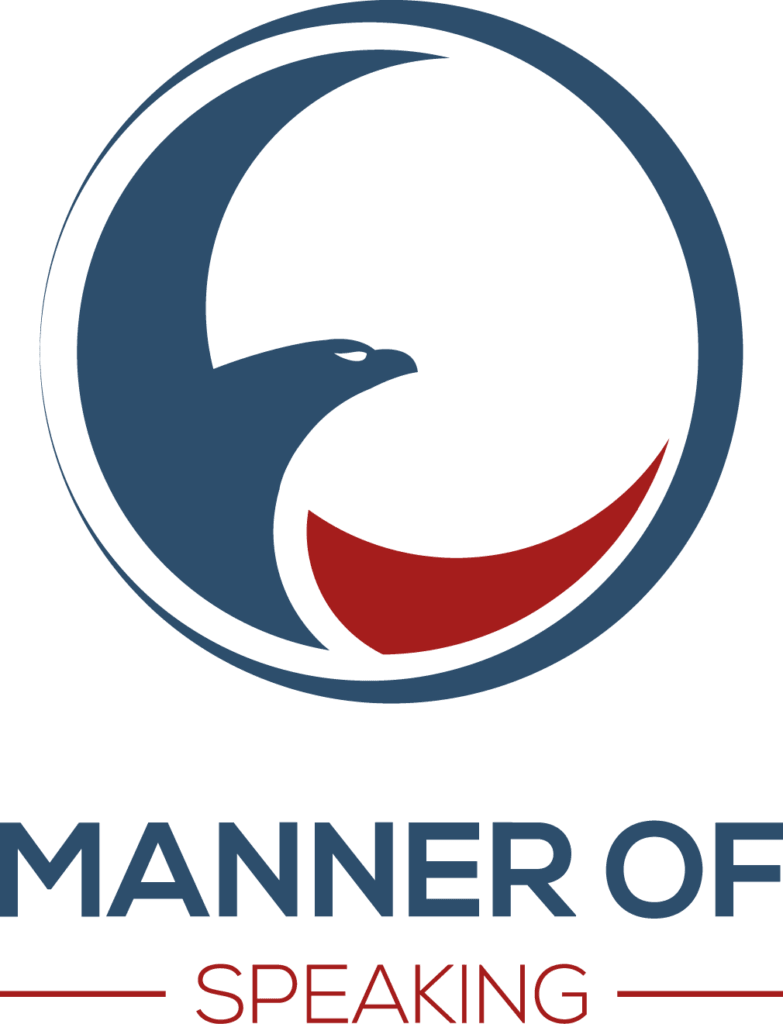



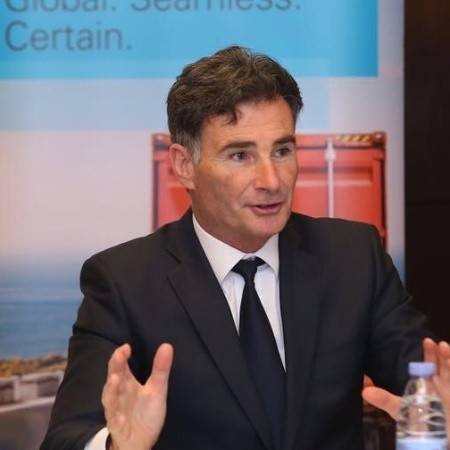


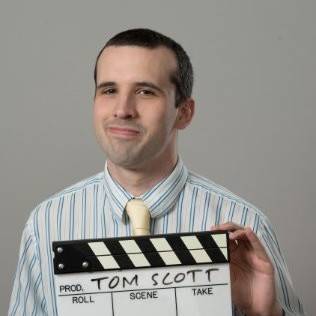

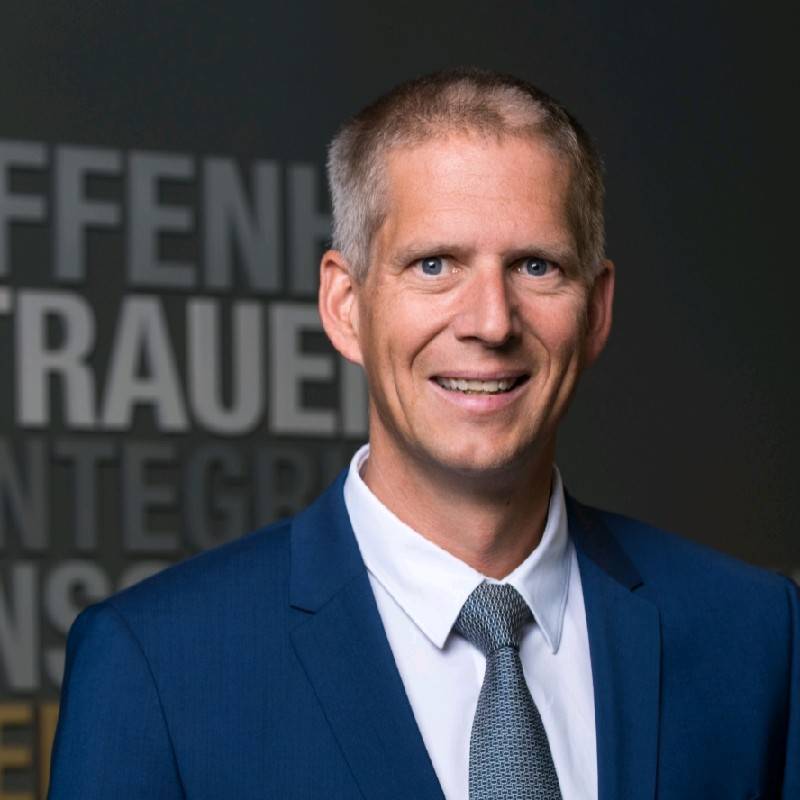



Hey. Cool analysis. Just a tiny note~ I think this is only, what, her second public speech? In any case she hasn’t been speaking for very long, certainly not more than a year. She also apparently wrote the speech herself, rather than hiring a speechwriter, according to the NYT piece. (Which imho may have been more effective but perhaps not as powerful.)
Anyway, super kudos to her as a non-professional (yet) speaker and speechwriter.
Thanks for the comment. It’s not a tiny point. If she wrote the speech herself, that makes it even better because it is authentic. I think that authenticity came through. And yes, she has not spoken that much in public so if she works at it, she will only get better. The trick will be to maintain that authenticity as she moves forward.
Let’s just say Wow. Exceptional analysis John.
Thanks, David. Much appreciated. It took most of my Saturday afternoon to put it together, but I am pleased with the result.
Thanks John for your insightful analysis – you made good points. I got as much out of your analysis as from her TED presentation.
Actually, by today’s standard, she didn’t really do much wrong.
She delivered alot of detail in 20 mins. Would have been hard for her to stray away from her notes and stay on topic. Hopefully this talk brings her into more invites onto a speaking tour. Another 25+ presentations and she will be able to “work the stage” without missing a beat 😉
Thanks, Terry. Much appreciated. I very much enjoyed her talk. Of course, any speech can be improved but she has a strong base from which to work. I agree with you that with more practice, she will become even better.
Hi John,
A nice evaluation for a thoughtful and relevant speech. Expect more evaluations from you.
Regards,
Suneela.
Hi Suneela. Thanks for the comment. Glad you liked it. If you are interested in more such analyses, you can find a whole raft of them here. Happy reading!
John, how extremely VALUABLE!!
Thanks so very much! I had no idea Monica could write and deliver a speech so skillfully. What a courageous woman.
Liz Northrop
Thanks, Liz. Glad you enjoyed the post. It was an excellent speech.
I had just watched it a few days ago so it was very timely to have this post arrive in my inbox! Thanks for taking the time to put your thoughts in blog post 😉
Timing is everything! Thanks for the comment, Conor.
John
There are SO many TED talks that I feel I will never be able to catch up with them all so, I hardly ever try. However, this talk by Monica made me curious enough to click … for all the (wrong) reasons her talk was set up to fight against. Apart from being very brave, I found Monica’s talk to be a real insight and a wake-up call to all the cyber-bullying that’s going on out there. I am more determined now not to be a victim of click-bait and ennui and to be a lot more discerning about what I choose to view. Listen to this episode of “This American Life” to hear a story that takes trolling to another (evil) level : http://www.thisamericanlife.org/radio-archives/episode/545/if-you-dont-have-anything-nice-to-say-say-it-in-all-caps. From a speaker point of view (and I am only judging as a member of the audience), I found her very natural and the fact that Monica used notes at some point did not come over as negative at all.
Monica told many stories and people connect with stories. Kudos to Monica.
Hi Antonina. Thanks for the detailed comment and for sharing the link. Ira Glass is great. I think – as I hope is clear from the post – that Monica gave an excellent talk. And yes, she used her notes well. If she gets to the point where she can give that talk without notes, we will see an excellent talk elevated to the next level.
Excellent analysis of an excellent speech. Thank you. I knew intuitively I was watching a fantastic speech both in content, language, delivery style and speaker without knowing why. Your analysis explains well why this speech is so good.
Thank you, James. Much appreciated.
John
Thanks for the detailed critique John. The list of rhetorical devices (with examples and links) was very enlightening.
Her pace and her tone were both excellent, which made the speech very easy to listen to. Still, I think the talk would’ve been even better if it was maybe 5 minutes shorter, as at times I found myself losing concentration.
I strongly agree with you about “recontextualize”. It’s odd that most of the speech was conversational, but parts of it really weren’t, like her mention of “meta-analysis” and of suicidal “ideations” rather than just “thoughts” (at 12:25). And I for one had to look up what she meant by “opprobrium”!
It’s been really helpful to have the transcript on the TED site, too. Speeches like Monica’s are softening my dislike of long words in speeches, because for one thing she used “humiliation” as an effective synonym for “shame”.
Anyway, Monica speaks well enough that I’m sure we’ll hear more from her!
Thanks, Craig. I appreciate the detailed comment. Interesting idea about cutting the speech a bit. In fact, there was one point, fairly close to the end, where I thought she was going to conclude, but then she continued on. I will be interested to see how this speech evolves going forward.
Thanks so much John for drawing attention to her speech and for your educative analysis as always. What impressed me was not only her performance but her message, i.e. the content of what she said. Ideally, I guess, the best speeches comprise both good delivery and good content.
Hi Wend. Thanks for the comment. Her message was very important. I am glad to see that she has been able to take her (in)famous experience and focus it in a very constructive manner. When it comes to speaking, we have to have something of value to say. “Content is King” as the old expression goes.
Very good analysis, thank you! It’s exactly what I wanted when searching for analysis of her speech! I needed this context to appreciate the power of her speech more. Now it will affect the way I browse online and what I share. Click with compassion!
Thank you, Andrew. I appreciate the comment and the advice. “Click with compassion” is a sticky phrase and one that I hope people will take to heart.
Wow, I just wanted to have a research on her talk when I saw this. Perhaps I should do more on its context while pointed out other things as well. Can I quote your words when I write out my essay?
Hello and thanks for the comment. Please feel free to use whatever you find on the blog. All that I ask for is attribution and, to the extent possible, a link back. Good luck with your research!